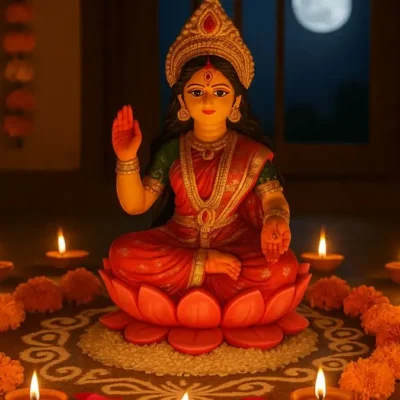Singaperumalkoil Padalathri Narasimhar Temple – Kanchipuram

Address
Singaperumalkoil Padalathri Narasimhar Temple – Kanchipuram
Singaperumalkoil, Kanchipuram district,
Tamil Nadu 603209
Moolavar
Padalathri Narasimhar
Amman
Ahobilavalli
Introduction
1. Location and Deity
- The Padalathri Narasimhar Temple, also known as Singaperumal Koil Temple, is situated in Singaperumal Koil, Kanchipuram District, Tamil Nadu, near Chennai.
- Dedicated to Lord Vishnu in his Narasimha avatar, the deity is worshipped as Padalathri Narasimhar, and his consort, Ahobilavalli, represents Goddess Lakshmi.
- The temple, built in the Rock-cut architecture, dates back to the 8th century, constructed by the Pallavas.
- It is managed by the Hindu Religious and Endowment Board of Tamil Nadu.
2. Puranic Significance
- The temple is also referred to as Azhwar Narasingadevar and Narsinga Vinnagar Azhwar.
- As per the Brahmanda Purana, this site witnessed the manifestation of Vishnu as Narasimha to slay the demon king Hiranyakashipu, protecting his devotee Prahlada.
- Lord Narasimha emerged from a pillar in a unique form—half-human, half-lion—and defeated Hiranyakashipu at twilight, in a doorway, neither on land nor in air, fulfilling Brahma’s boon conditions.
- It is believed that Lord Narasimha calmed his anger by bathing in the temple’s tank, which turned red after the event.
3. Beliefs and Benefits
- Devotees pray to Lord Narasimha for:
- Relief from debt burdens.
- Success in litigations.
- Overcoming adverse planetary influences like Mars and Rahu.
- Blessings for marriage, childbirth, and academic excellence.
- Worship practices include applying sandal and kumkum to the Azhinjal tree behind the temple and lighting ghee lamps for wishes to be fulfilled.
- Once their prayers are answered, devotees perform Tirumanjanam (holy bath) to the Lord on Pradosham days and offer vastras (clothes).
4. Special Features
- The temple, spanning 1.5 acres, features Rock-cut architecture with two precincts.
- The deity, Ugra Narasimha, is depicted with:
- A seated posture, his right leg bent and left leg hanging.
- Four hands holding conch, chakra, and displaying Abhaya Mudra (blessing) and Uru Hasta (resting on the lap).
- A third eye on the forehead, a unique feature typically seen in Shiva temples.
- The sanctum is guarded by Dvarapalas (gatekeepers), and the vimana (roof) features stucco images of Vishnu’s avatars.
- Other shrines include:
- Ahobilavalli (his consort).
- Andal, Lakshmi Narasimha, Ramanuja, Manavala Mamunigal, and Vishwaksena.
- Garuda, the eagle mount of Vishnu, faces the sanctum.
5. Festivals Celebrated
- Chithirai New Year Day and Chitra Pournami (April-May).
- Sri Narasimha Jayanthi, Sri Ramanuja Jayanthi, and 10-day Brahmotsavam (beginning 10 days before Swathi star day).
- Aadi Pooram (July-August) and Pavithra Utsav (Aavani – August-September).
- Sri Krishna Jayanthi and Navarathri.
- Manavala Mamunigal Festival (Aipasi – October-November).
- Thirukarthikai (November-December) and Sri Andal Neerattu Utsav (Makara Sankranti – January).
- 5-day Teppa Utsav (Masi – February-March) and Panguni Uthiram (March-April).


















Century/Period
1500 Years Old
Managed By
Hindu Religious & Charitable Endowments Department (HR&CE)
Nearest Bus Station
Nearest Railway Station
Chengalpattu
Nearest Airport
Chennai









